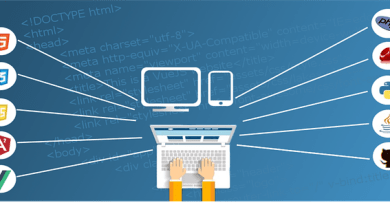5G: The Next Generation of Wireless Connectivity
The introduction of 5G, the fifth-generation wireless technology, has been a topic for discussion in the tech industry for several years. With faster speeds, lower latency, and the ability to connect more devices simultaneously, 5G promises to revolutionize how we live, work, and communicate.

5G is the latest and fastest generation of wireless technology, giving faster speeds and lower latency than its predecessor, 4G. In addition, it operates on a higher frequency spectrum, allowing more data to be transmitted at once. This means that devices on 5G networks can download and upload data at incredibly fast speeds, making things like video streaming, online gaming, and file sharing much quicker and smoother.
One of the most significant benefits of 5G is its lower latency, which is the time it takes for data to transmit between devices. With 5G, latency is reduced to just a few milliseconds, significantly faster than 4G’s latency of around 50 milliseconds. This is particularly important for applications that need real-time communication.
Another advantage of 5G is its ability to connect more devices simultaneously. With the growing number of internet-connected devices, including smartphones, smart homes, and IoT devices, 5G networks can handle more connections than ever. This means that devices can communicate with each other more efficiently, creating a more connected and seamless experience for users.
Of course, there are some challenges to the widespread adoption of 5G. One of the biggest hurdles is the infrastructure required to support it. 5G operates on higher frequency bands, which means that it requires more cell towers and smaller antennas to provide coverage. This means that carriers will need to invest in significant infrastructure upgrades in order to offer 5G coverage to their customers.
In addition, there are issues about the potential health effects of 5G, with some people worried that the higher frequency spectrum could be harmful. However, the World Health Organization has stated that there is no sign to suggest that 5G poses any greater health risks than previous wireless technologies.
Despite these disadvantages, the future looks bright for 5G. As the technology continues to become more widely available, we can expect to see a host of new applications and use cases emerge. From faster download speeds to more efficient transportation, 5G has the potential to upgrade the way we live, work, and communicate, making it an exciting time for the tech industry and beyond.







